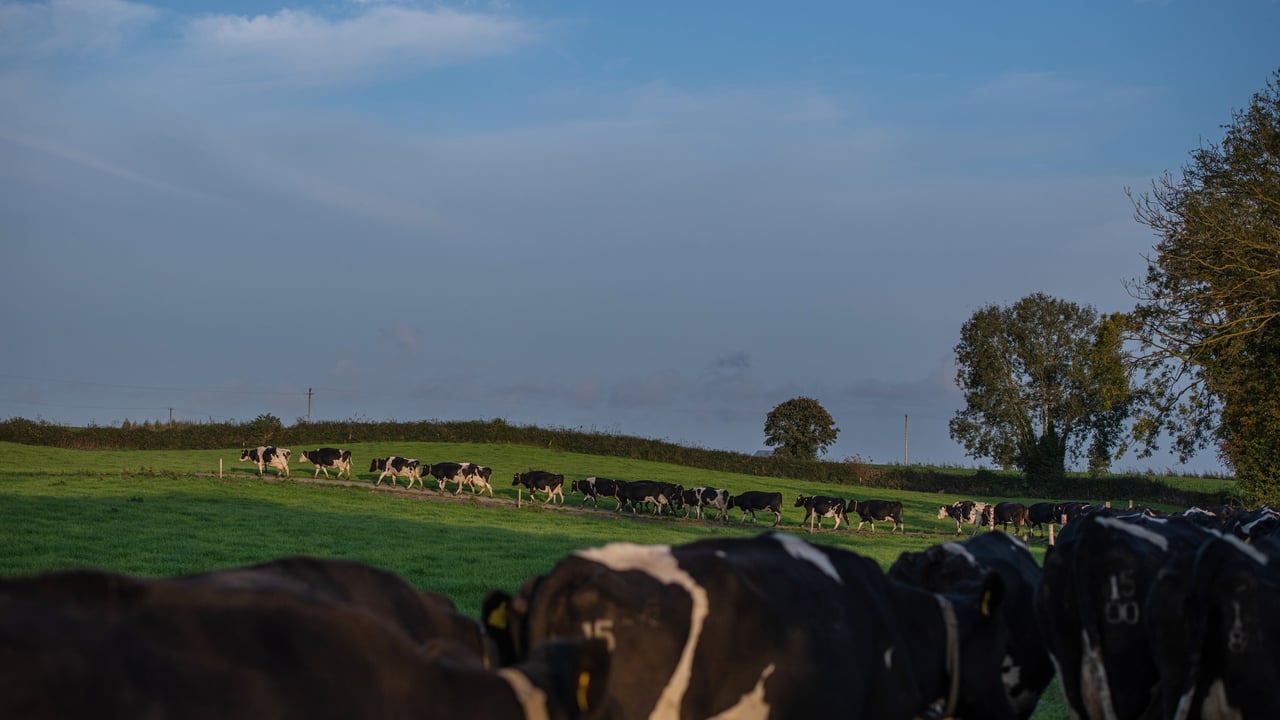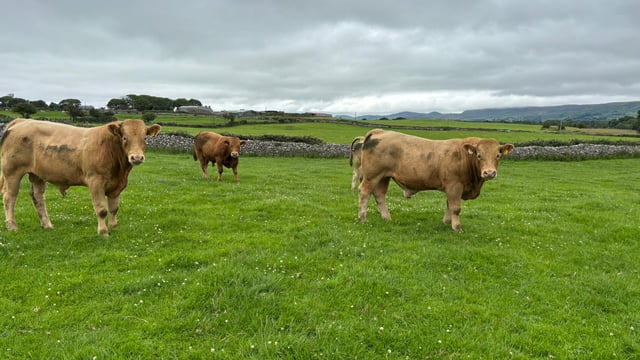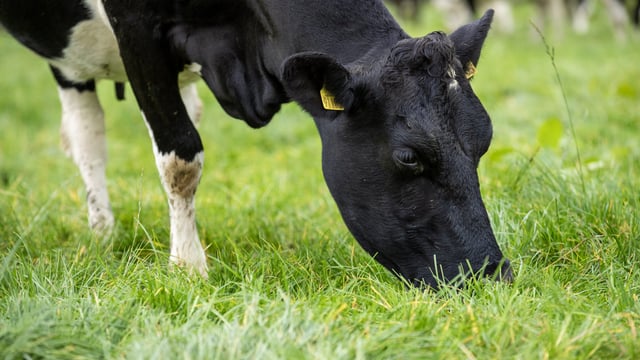Milk recording data indicates strong mid-season performance
Based on Irish Cattle Breeding Federation (ICBF) milk recording data, herds across the country seem to be holding a strong mid-season milk performance.
There are a number of elements contributing to this decent milk performance across the country, but it is mainly stemming from decent grass growth rates and favourable grazing conditions.
So far, it has been a textbook year in terms of getting cows out to grass early in the spring, decent grass growth and grazing conditions, and exceptional beef and calf prices accompanied with a decent milk price.
All of these factors have greatly contributed to current cow performance, as farmers are in reasonable comfort to push cow performance on and drive profitability.
The uptake of milk recording among farmers is growing every year, as it leads to better breeding and culling decisions, and increased gross margins and milk solids production – all while keeping hygiene and somatic cell count (SCC) to a minimum.
Getting more farmers on board for milk recording and increasing the frequency of it is a key target for the dairy industry to help ensure milk quality and reduce herd SCC.
Milk recording data is a key element of any breeding plan. It takes a quality cow with a quality bull to produce quality replacements, and the best way to pick out your top performers is through milk recording.
A lot of milk processors have milk recording as part of their sustainability schemes, which has led to an increase in the number of herds recording their milk.
With selective dry cow therapy (SDCT) now a mandatory practice, having data and information on each cow is more essential than ever.
The latest data from the ICBF shows that 1,105,842 cows have been recorded so far in 2025, which is 1.2% ahead of the same period in 2024, where some 1,092,567 cows had been recorded.
Based on the data, 8,982 herds have completed a milk recording so far in 2025.
The number of herds that have recorded from July 8-18 was 1,020, which consisted of 115,632 cows' milk recorded, with the average herd size at 113 cows.
Average milk yield of these herds that milk recorded was 23.72kg/milk/cow with 4.00% fat and 3.54% protein, which equates to an average of 1.78kg/milk solids/cow/day at the moment.
According to ICBF data, cows peaked on average at 2.11kg/milk solids/cow/day during the week ending April 18, so considering this early peak, herds are maintaining their solids production relatively well.
The average SCC for the herds recording in the past 10 days sits at 166,000 cells/ml. This has been creeping up over the last few weeks and is something farmers should be wary about.
Recording your milk can quite often be seen as a costly action (about €12/cow/year), and can disrupt the milking routine when time and labour may be short, but the benefits speak for themselves.
Regular recording will allow for constant tracking of SCC off each cow and identify repeat offenders. It could also decrease your herd’s SCC and improve your milk price, and will also generate a farm summary on mastitis control and areas to be improved.
Milk recording may also add value to surplus breeding stock being sold off farm and can increase a cow’s chances of being entered for artificial insemination (AI).
Cost-effective pregnancy diagnosis is now possible through milk samples, which can indicate whether or not a cow is in calf at a reasonable cost without having to handle and scan them.
Having the records also increases the compensation available for animals that have to be culled as a result of a positive bovine tuberculosis (TB) reaction.
Research carried out by Teagasc and Animal Health Ireland (AHI) on the economic benefits of milk recording, using yearly information from the Teagasc National Farm Survey, showed the advantages outweighed the costs.
Compared to farmers who did not milk record, farmers who did achieved the following:
- Gross margin/cow was €39 larger;
- Milk yield/cow was 178L higher;
- Milk solids/cow were 29kg higher;
- Herd SCC/ml of milk was 13,000 cells lower.
If you are not already recording your milk, it is important to understand the benefits and positive economic outcome that comes with it.
Quite often, farmers think they know their cows and which ones are performing best, but you only get a true idea of what these cows are really doing through a recording, as ‘the best cow in the herd’ may be a millionaire in terms of SCC.





